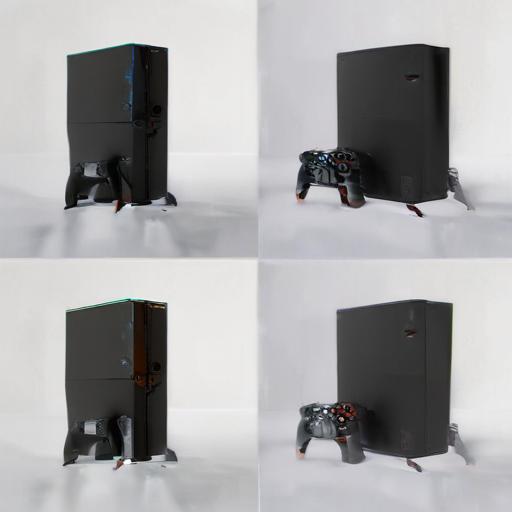Sony’s next wave of PlayStation hardware is coming into sharper focus, with new leaks outlining ambitious targets for both a PlayStation 6 console and a companion handheld. None of this is confirmed, but the details suggest a performance-first strategy built on AMD’s upcoming architectures and efficiency gains.
According to the latest information, the PS6 reportedly targets:
– A 160W APU total board power
– An 8-core Zen 6-class CPU
– Between 40 and 48 RDNA 5 GPU compute units
– GDDR7 video memory
On paper, that’s fewer GPU compute units than the PS5 Pro’s 60, but a newer RDNA 5 architecture could deliver significantly higher per-unit throughput. Coupled with GDDR7’s higher bandwidth, the result is said to be up to triple the rasterization performance of PS5 and roughly double that of PS5 Pro, with a strong uplift in ray tracing as well. In broad terms, the GPU target is described as being in the same ballpark as an RTX 4080, though direct console-to-PC comparisons are never one-to-one.
Sony is also rumored to be advancing its upscaling technology roadmap, with future updates to PSSR (PlayStation Spectral Super Resolution) expected to further boost image quality and performance, including an update reportedly planned for 2026.
A new PlayStation handheld is also in the works, reportedly built around:
– 4 Zen 6C CPU cores
– 12 to 20 RDNA 5 GPU compute units
– A 15W power target
Estimates put its rasterization performance at around half that of a PS5, which would be an impressive result for a battery-powered device. More importantly, RDNA 5 should bring a meaningful step forward in ray tracing capability at handheld power levels. The handheld’s codename is said to be either Canis or Robin (with Robin Plus suggested for a higher tier), while PS6 is reportedly codenamed Orion.
Early pricing and timing guidance from the same leak points to PS6 production beginning in mid-2027, with a launch window of late 2027 or early 2028 and a target price of $499, matching PS5’s original launch price. The handheld is tipped to arrive in a similar window at $400 to $500. Backward compatibility with PS5 and PS4 is believed to be part of the plan, with subscription access to older generations expected to continue.
Context and caveats
– Much of this reportedly stems from a 2023 internal presentation and may have shifted. Treat these as early targets rather than final specs.
– Fewer compute units does not automatically mean lower performance; newer architectures can deliver higher instructions-per-clock, better caches, faster clocks, wider front-end/back-end pipelines, and smarter scheduling—especially when paired with faster memory like GDDR7.
– Console-to-PC power comparisons are imperfect. Consoles benefit from fixed hardware, low-level APIs, and highly optimized engines, often punching above raw spec sheets.
What it could mean for players and developers
– An 8-core CPU again suggests continuity with current-gen development, easing cross-platform optimization while delivering higher per-core performance.
– A 160W APU target hints at a powerful, efficient SoC that could allow quieter cooling and more consistent clocks under load.
– If pricing lands at $499, the value proposition could be unusually strong given the performance targets and inflation since the PS5 era.
– A capable handheld launched alongside the console would set up a complementary ecosystem: native handheld gaming, potential parity modes, and stronger support for upscaling and ray tracing across both devices. That synergy could encourage cross-save and cross-purchase strategies and keep players in the same library wherever they play.
– Continued backward compatibility would protect game libraries and smooth the transition into the new generation, helping both players and studios.
Summary
– PS6 reportedly targets an 8-core Zen 6 CPU, 40–48 RDNA 5 CUs, GDDR7, and a 160W APU power budget.
– Performance aims: up to 3x PS5 rasterization, roughly 2x PS5 Pro, with stronger ray tracing and ongoing PSSR improvements.
– The handheld reportedly targets 4 Zen 6C cores, 12–20 RDNA 5 CUs at 15W—around half a PS5’s raster performance, with improved RT.
– Tentative window: production mid-2027; launch late 2027 or early 2028. Indicative pricing: PS6 at $499; handheld at $400–$500.
– Backward compatibility with PS5/PS4 is expected, with legacy access through subscriptions likely continuing.
Positive outlook
If these targets hold, Sony could deliver a notable generational leap without a dramatic price increase, and the pairing of a powerful console with a capable handheld would give players more flexibility without abandoning existing libraries.
